Shellfish Allergy - Causes, Symptoms & Treatment


Related products
An Overview of Shellfish Allergy
Shellfish allergy is one of the most common food allergies, affecting around 2% of the adult population. It occurs when the immune system reacts to specific proteins found in shellfish, causing a range of allergic reactions, from mild to severe. Dr. Kimberly G. Blumenthal, an allergist at Massachusetts General Hospital, explains that "Shellfish allergies are among the most common food allergies and can cause serious, even life-threatening reactions." While shellfish allergies can be triggered by both crustaceans (like shrimp, crab, and lobster) and mollusks (like clams, oysters, and scallops), individuals who suffer from other types of allergies, such as hayfever, may be at a higher risk of developing shellfish allergies due to immune system sensitivity.
People with hayfever may experience similar symptoms when exposed to allergens like pollen, which increases their overall sensitivity to environmental triggers, including shellfish proteins. If you suspect you may have a shellfish allergy or intolerance, it is crucial to confirm your diagnosis through appropriate testing. Start by exploring the Intolerance Tests collection, which can help you understand food sensitivities, including shellfish and pollen allergies, and provide a better understanding of your health.
Types of Shellfish and Allergens
Shellfish can be broadly categorized into two main groups: crustaceans and mollusks. Both groups contain species that can cause allergies in susceptible individuals. Dr. Scott Sicherer, a professor of pediatrics and expert in food allergies at the Icahn School of Medicine at Mount Sinai, emphasizes that "individuals with a shellfish allergy should exercise caution when consuming any type of shellfish, as cross-reactivity between species is common."
Crustaceans
Crustaceans are a group of shellfish that include shrimp, crab, and lobster. These species are known to cause allergic reactions in some individuals due to their protein content. A study published in the Journal of Allergy and Clinical Immunology found that shrimp and crab allergies are particularly common among crustaceans. The primary allergen in crustaceans is tropomyosin, a protein responsible for muscle contraction. In some cases, individuals may also react to other proteins found in crustaceans, such as arginine kinase.
Mollusks
Mollusks are another group of shellfish that can cause allergies. This group includes clams, oysters, and scallops. Mollusk allergies are less common than crustacean allergies but can still cause severe reactions in susceptible individuals. The allergens in mollusks are different from those in crustaceans, and cross-reactivity between the two groups is less common. However, individuals with a known shellfish allergy should still be cautious when consuming mollusks, as the risk of reaction cannot be ruled out entirely.
Common Allergenic Proteins in Shellfish
The most common allergenic protein in shellfish is tropomyosin, which is present in both crustaceans and mollusks. Tropomyosin is responsible for muscle contraction and is highly conserved across species, which explains the cross-reactivity between different types of shellfish. Other allergenic proteins include arginine kinase, myosin light chain, and sarcoplasmic calcium-binding protein. The specific allergenic proteins and their concentrations can vary between species and even between individual shellfish, which can result in variable allergic reactions in different individuals. To learn more about Allergies, read our comprehensive guide that covers: Allergies:, Types, Causes, Symptoms, Diagnosis, and Treatment options.
Symptoms of shellfish allergy
Mild symptoms
Mild symptoms of shellfish allergy can include hives, itchy skin, and nasal congestion. These symptoms often appear within minutes to a few hours after consumption of shellfish. Dr. Jennifer Ashton, a board-certified allergist at ABC News, explains that "mild symptoms are typically not life-threatening but can still be uncomfortable for the individual."
Moderate symptoms
Moderate symptoms of shellfish allergy can include abdominal pain, nausea, vomiting, and diarrhea. These symptoms can be more distressing and potentially disruptive to daily activities. It is essential for individuals experiencing moderate symptoms to consult with a healthcare professional to determine the best course of action and avoid potential complications.
Severe symptoms
Severe symptoms of shellfish allergy can include difficulty breathing, swelling of the face, lips, or tongue, and anaphylaxis. Anaphylaxis is a life-threatening allergic reaction that requires immediate medical attention. The American College of Allergy, Asthma, and Immunology advises individuals at risk for anaphylaxis to carry an epinephrine auto-injector at all times and seek emergency medical care if symptoms of anaphylaxis occur.
Diagnosis and testing
Medical history and physical examination
A comprehensive medical history and physical examination are essential for diagnosing shellfish allergies. A healthcare professional will ask about the individual's history of allergic reactions, exposure to shellfish, and the severity and duration of symptoms. This information will help the healthcare professional determine if further allergy testing is needed.
Blood tests
Blood tests, such as the ImmunoCAP or RAST test, can help confirm the presence of shellfish-specific immunoglobulin E (IgE) antibodies in the individual's blood. These antibodies are produced by the immune system in response to allergens and are indicative of an allergic reaction. To measure IgE levels accurately, you may consider tests like the IgE Immunoglobulin Blood Test, which helps identify specific sugar-related allergies as well.
Skin prick tests
Skin prick tests involve placing a small amount of shellfish extract on the skin and then pricking the skin to introduce the allergen into the body. If the individual is allergic to shellfish, a raised, red, itchy bump will form at the site of the prick. Skin prick tests are a common diagnostic tool for food allergies and can help confirm the presence of a shellfish allergy.
Oral food challenges
Oral food challenges are sometimes used to diagnose shellfish allergies. During an oral food challenge, the individual is given gradually increasing amounts of shellfish under medical supervision. The healthcare professional will monitor the individual for signs of an allergic reaction. Oral food challenges are typically performed only when other diagnostic methods are inconclusive or when the individual has a history of mild reactions. If you're seeking a comprehensive approach to identify your food allergies, you can explore Allergy Testing or Food Intolerance Test to get more tailored results. For a broader test, the Premium Intolerance Test can help assess a wider range of sensitivities, including sugar and shellfish allergies.
Treatment and management
Avoidance of trigger foods
The primary treatment for shellfish allergies is the avoidance of trigger foods. Individuals with a shellfish allergy should be vigilant about reading food labels, as shellfish can be present in unexpected foods and sauces. It is also crucial to be aware of the risk of cross-contamination, particularly in restaurants or when sharing cooking surfaces and utensils.
Medications for allergic reactions may include antihistamines, corticosteroids, and epinephrine. Antihistamines, such as cetirizine, loratadine, or diphenhydramine, can help relieve mild to moderate symptoms, such as itching, hives, and nasal congestion. Corticosteroids, like prednisone, can be prescribed for more severe symptoms or when antihistamines are insufficient.
Epinephrine is the first-line treatment for anaphylaxis, a severe and potentially life-threatening allergic reaction. Individuals at risk for anaphylaxis should carry an epinephrine auto-injector, such as an EpiPen or Auvi-Q, at all times. The Food Allergy Research & Education (FARE) provides resources on how to use epinephrine auto-injectors and what to do in case of an emergency.
Immunotherapy
Immunotherapy, also known as allergy shots, is a potential treatment option for some individuals with shellfish allergies. During immunotherapy, small amounts of the allergen are injected under the skin to help the immune system become more tolerant to the allergen over time. However, immunotherapy for shellfish allergies is still in the experimental stage, and more research is needed to determine its safety and efficacy.
Support and resources for living with shellfish allergy
Living with a shellfish allergy can be challenging, but support and resources are available to help individuals manage their condition. The Food Allergy Research & Education (FARE) organization offers resources, including educational materials, support groups, and advocacy initiatives, to help individuals and families affected by food allergies, including shellfish allergies. Additionally, the American College of Allergy, Asthma, and Immunology (ACAAI) provides information about shellfish allergies, diagnosis, and treatment options, as well as guidance on managing shellfish allergies in everyday life.
Conclusion
Shellfish allergies are a common and potentially serious health concern. It is essential for individuals with a shellfish allergy to be vigilant about avoiding trigger foods and managing their symptoms. With the proper diagnosis, treatment, and support, individuals with shellfish allergies can lead healthy, fulfilling lives. Continued research and awareness are crucial for improving the understanding, diagnosis, and treatment of shellfish allergies.









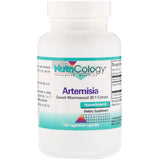





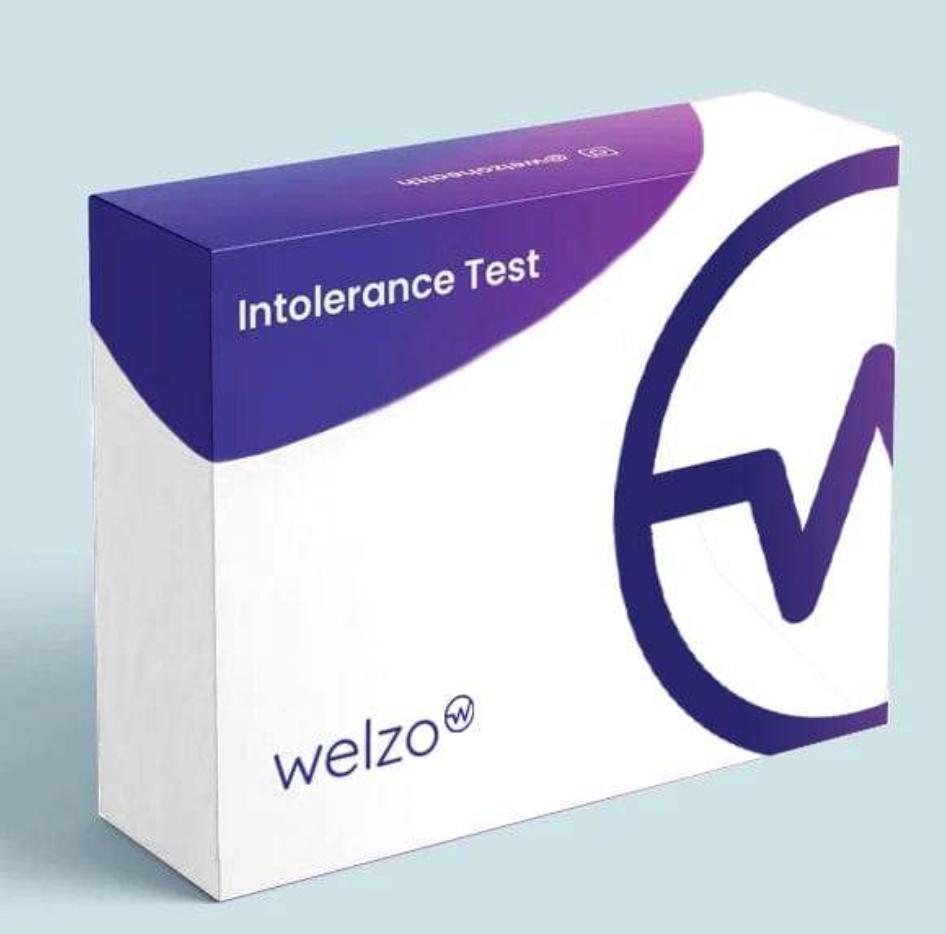






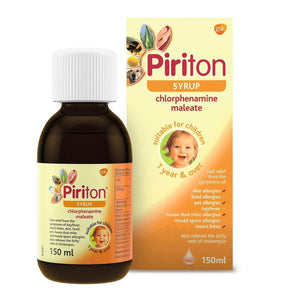


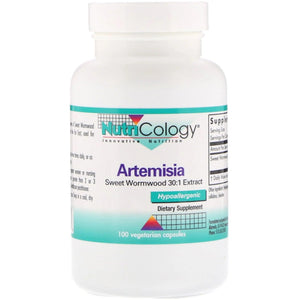
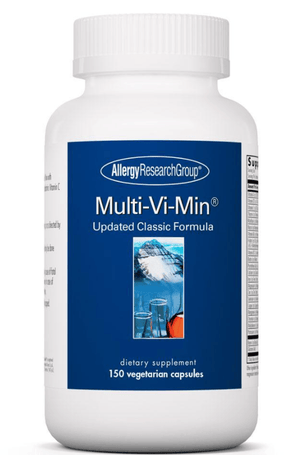






 Rated Excellent by 14,617+ Reviews
Rated Excellent by 14,617+ Reviews